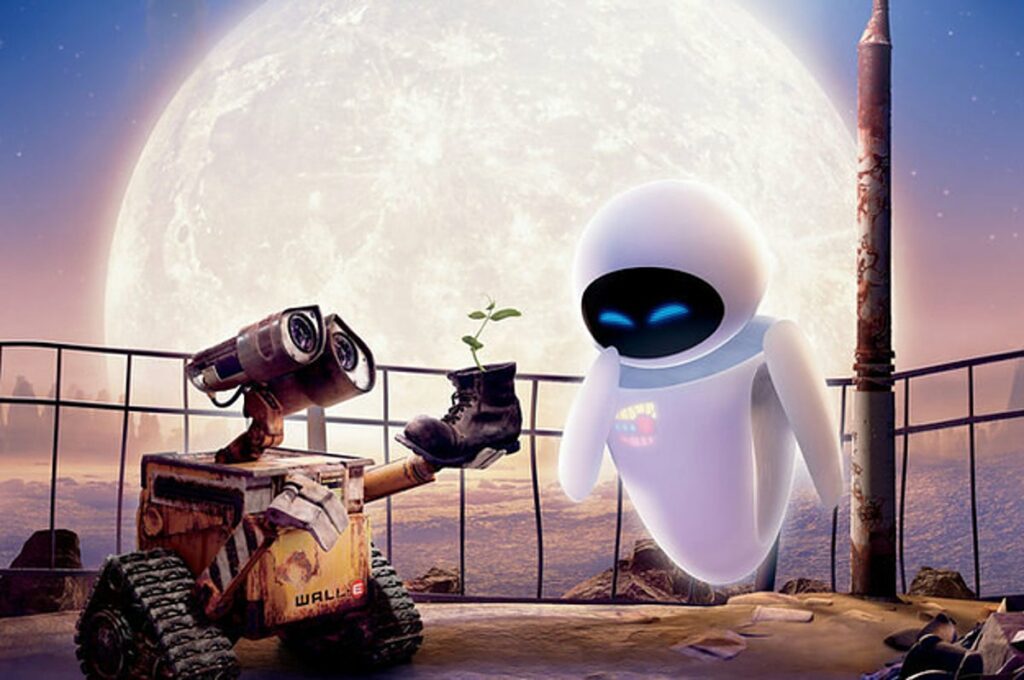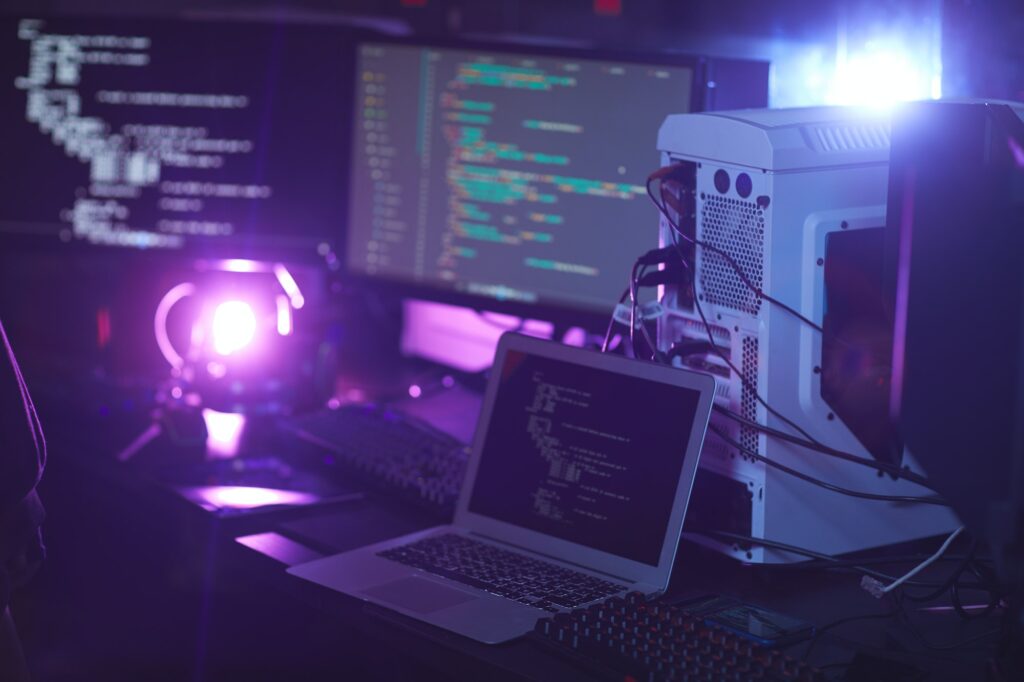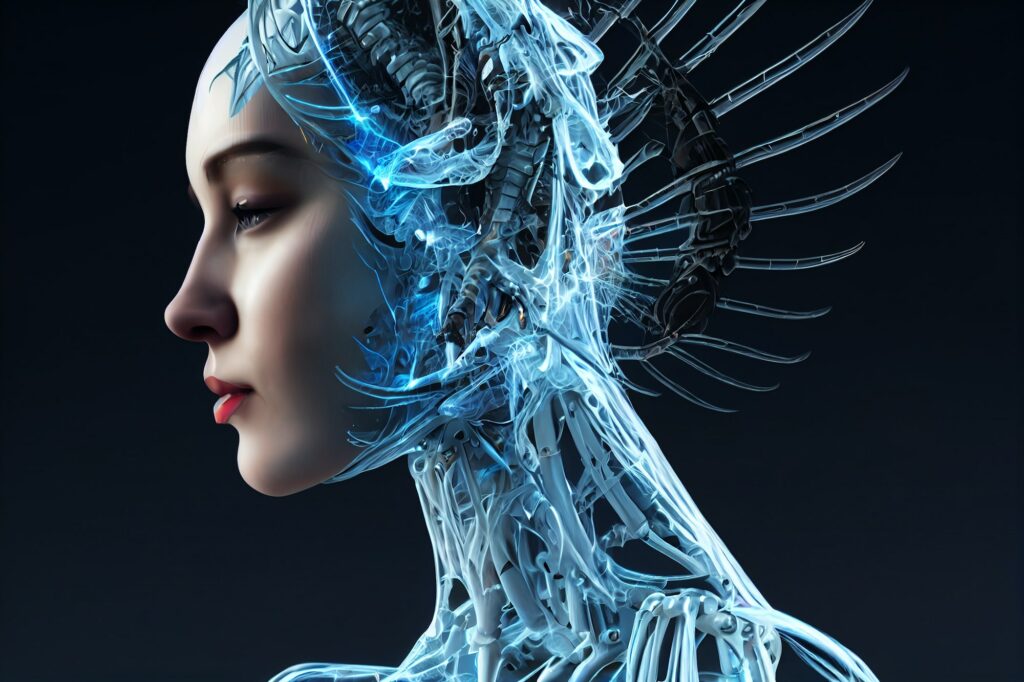Although we have seen a boom in recent years,machine learning has been around for longer than we think. Here is the history of this amazing technology.
Artificial intelligence (AI), machine learning, and smart computers are examples of cutting-edge technologies. However, they are not brand new. AI can be found in a wide variety of products, including chess games, smart speakers, cellphones, and online casinos. The following is a brief history of how machine learning and artificial intelligence came into existence and when they first appeared.
RELATED: NEW SILENT HILL GAME USES AI FOR DIALOG AND SMS MESSAGES
AI, machine learning, and smart computers are often thought of as something brand new and cutting-edge. However, they’ve actually been around for quite some time now. You can find examples of AI in your smart speaker, smartphone, playing online casino or online chess games, and much more.
The integration of machine learning into contemporary technology has become so paramount that a staggering 91.6% of Fortune 1000 companies have augmented their investments in both Big Data and Artificial Intelligence, and are now actively recruiting machine learning engineers.

It would come as a surprise to many that machine learning has a long and illustrious history, dating back to the 1940s with a highly significant book on human cognition, which has been speeding up in recent years owing to the creation of new algorithms and strategies as well as the growing availability of technology. Machine learning is a field that has been growing for many years, with multiple inventors and developers creating different algorithms and frameworks. It is difficult to pinpoint a single moment or person as the inventor of machine learning.
1943
As early as 1943, Walter Pitts and Warren McCulloch published a scientific paper with the first mathematical model of neural networks.
1950s
A pioneer in machine learning named Arthur Samuel developed a computer checkers program that can compete at the highest levels. A beta pruning algorithm was used instead of investigating every path, which measured the chances of winning.

The minimax algorithm was also used by Samuel (still widely used for games today) to find the optimal move. By remembering previous checker moves and comparing them with winning chances, he also designed mechanisms for his program to improve continuously. The term “machine learning” was first coined and popularized by Arthur Samuel.
1956
The Dartmouth Conference is often called “the birthplace of artificial intelligence.” A group of prominent researchers in math, engineering, computer science, and cognitive studies came together for two months to lay the foundations for AI and ML research.
1979
Kunihiko Fukushima, a Japanese computer scientist, publishes his work on neocognitron. Neocognitron is a hierarchical multilayered network that detects patterns, and it even inspired convolutional neural networks. These days, people use convolutional neural networks for analyzing images.

The Stanford cart, which has been under development since the 1960s, has now achieved a significant stage. It was a remotely controlled robot that could explore the environment autonomously and dynamically using 3D mapping and navigation.
1997
Garry Kasparov is beaten by IBM’s computer Deep Blue in chess matches. During that time, this accomplishment was seen as proof that machines were catching up with humans.
2011
Google’s X Lab team, with extensive machine learning expertise, developed Google Brain in 2012, which became famous for its ability to identify cats in images by using image processing algorithms.
2014
A group of established scientists (Goodfellow, Pouget-Abadie, Mirza, Xu, Warde-Farley, Ozair, Courville, and Bengio) created Generative Adversarial Networks (GAN), which instruct artificial intelligence on how to generate new data from a training set.
The Facebook research team has created DeepFace, a deep learning facial recognition system. This nine-layer neural network is trained on 4 million images of Facebook users and can identify human faces in pictures with the same accuracy as humans (approximately 97.35%).

To the general public, Google introduces Sibyl, a big-scale machine learning system. With the system, several new algorithms are revealed. For example, parallel boosting can help improve performance by column-oriented data and making stats more readily available in RAM. Sibyl is a Google-owned artificial intelligence platform that specializes in predictions, such as ranking products and pages, measuring user behavior, and advertising.
There is some debate over whether Eugene Goostman has passed the Turing test. Sergey Ulasen, Eugene Demchenko, and Vladimir Veselov developed it together. It was depicted that Eugene Goostman is a 13-year-old boy who lives in Odessa, Ukraine, with a pet guinea pig and a gynecologist father. 33% of the judges were convinced that Goostman was human when he won the Turing test competition at the Royal Society on 7 June 2014.
2015
It is the first time an artificial intelligence program has beaten a professional Go player. Until recently, it was thought that teaching a computer to play Go would be almost impossible, as it is one of the oldest and most challenging abstract strategy games.
2016
An international conference on computer vision and pattern recognition will feature a presentation of Face2Face by a group of scientists. The logic and algorithms of this system form the basis of most of the software used in “deepfakes” of today.
2017
Autonomous cars are tested by Waymo in the US with backup drivers only in the backseat. Phoenix was the first city to introduce completely autonomous taxis that same year.
